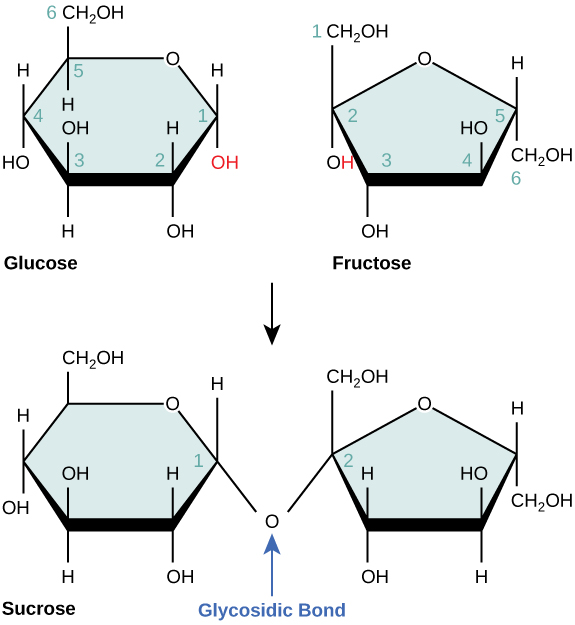Difference Between Coupled and Uncoupled Reaction
Table of Contents
The key difference between coupled and uncoupled reaction is that coupled reactions show energy transferring from one side of the reaction to the other side whereas uncoupled reactions do not involve an energy transfer.
Most chemical reactions we know are endergonic, which means the reactions are not spontaneous. Therefore, the Gibbs free energy of these reactions is higher than zero. These reactions require energy from the external environment in order to occur the reaction. Therefore, we can couple these reactions with a separate exergonic reaction that “drive” the non-spontaneous reaction. These two coupled reactions often share intermediate states.
CONTENTS
1. Overview and Key Difference
2. What is a Coupled Reaction
3. What is an Uncoupled Reaction
4. Side by Side Comparison – Coupled vs Uncoupled Reaction in Tabular Form
5. Summary
What is a Coupled Reaction?
Coupled reactions are chemical reactions having an intermediate state for the energy transferring process. In other words, these reactions form from the combination of two different reactions where there is a common intermediate state in which energy is transferred from one side of the reaction to the other side.
Most chemical reactions we know are endergonic (non-spontaneous). Therefore, these reactions require an energy supply for the reaction to take place. For this purpose, non-spontaneous reactions can be coupled with another chemical reaction which can supply energy to “drive” the non-spontaneous reaction. The initial chemical reaction was thermodynamically unfavourable, and after the coupling process, it becomes thermodynamically favourable. The two reactions are joined together via an intermediate state that is common to both reactions. Then the Gibbs energy for each half-reaction can be summed to yield the combined Gibbs free energy for the coupled reaction.

Figure 01: Coupled Reactions
A common example of a coupled reaction is the formation of ATP, which is an endergonic process, and it is coupled to the dissipation of a proton gradient.
What is an Uncoupled Reaction?
Uncoupled reactions are chemical reactions which have no intermediate state for energy transfer. An example for an uncoupled reaction is the combination reaction of glucose and fructose to form sucrose. This reaction is thermodynamically unfavourable because it requires high energy.

Figure 02: Combination of Glucose and Fructose to form Sucrose
However, if we couple this reaction with ATP hydrolysis reaction, then the reaction is possible and takes place in two energetically favourable steps, sharing a common intermediate state. Then it becomes a coupled reaction.
What is the Difference Between Coupled and Uncoupled Reaction?
Most chemical reactions that we know are non-spontaneous; therefore, we need to couple them with some other reactions in order to make them progress. Thus, this new reaction type is called a coupled reaction while the previous non-spontaneous reaction type is called an uncoupled reaction. The key difference between coupled and uncoupled reaction is that coupled reactions show energy transferring from one side of the reaction to the other side whereas in uncoupled reactions there is no energy transfer taking place.
Below infographic tabulates more differences between coupled and uncoupled reaction.

Summary – Coupled vs Uncoupled Reaction
Most chemical reactions that we know are non-spontaneous; therefore, we need to couple them with some other reactions in order to make them progress. This new reaction type is called a coupled reaction while the previous non-spontaneous reaction type is called an uncoupled reaction. The key difference between coupled and uncoupled reaction is that coupled reactions show energy transferring from one side of the reaction to the other side whereas in uncoupled reactions there is no energy transfer taking place.
Reference:
1. “7.7: Coupled Reactions.” Chemistry LibreTexts, Libretexts, 11 Aug. 2020, Available here.
Image Courtesy:
1. “Coupled reactions” By Muessig – Own work (CC BY-SA 3.0) via Commons Wikimedia
2. “Figure 03 02 04” By CNX OpenStax – (CC BY 4.0) via Commons Wikimedia
ncG1vNJzZmivp6x7pbXFn5yrnZ6YsqOx07CcnqZemLyue8OinZ%2Bdopq7pLGMm5ytr5Wau26vzq6npZ2UYq6vsIyupZynpaW5prCMq5yam6SevK97